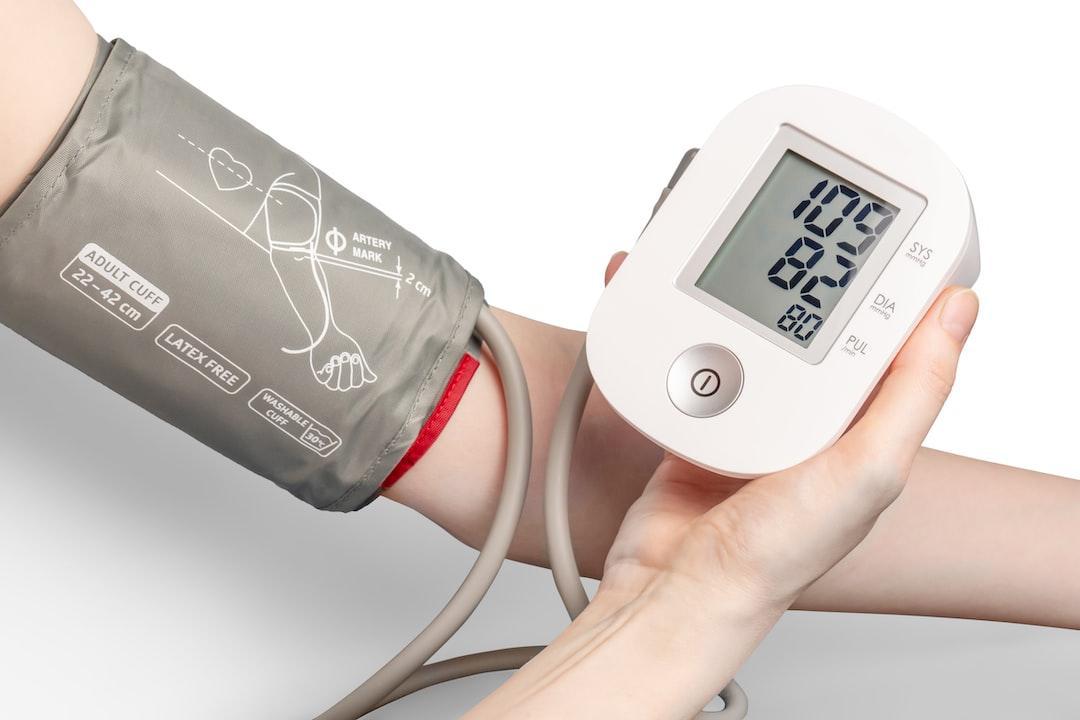5 Misconceptions About Remote Patient Monitoring Software (RPM)
While remote patient monitoring has been around since before COVID-19, it surged in popularity during the pandemic, as hospitals and medical workers struggled with an influx of cases and people tried to stay home as much as possible.

Unfortunately, popularity is often accompanied by false information and confusion. Here we debunk some of the most common remote patient monitoring software rumors and myths.
Myth #1: Remote Patient Monitoring is Just Telehealth
Some people and businesses make the mistake of lumping RPM in with telehealth. But CMS (The Centers for Medicare and Medicaid Services) has never considered RPM as part of telehealth, and that leads to a few critical distinctions. For example, CMS has strict reimbursement guidelines for telehealth, but they are more flexible with RPM, meaning that their reimbursement standards for RPM are much more lax.
Sometimes, you may opt to use remote patient monitoring alongside telehealth appointments. However, it’s important to note that remote healthcare monitoring systems are subject to fewer restrictions than telehealth. For example, remote health monitoring software is not limited to rural or underserved areas.
Myth #2: My Patients Don’t Want Remote Patient Monitoring
There is a common idea that, after the pandemic, things will be exactly as they were pre-pandemic. However, one benefit of the pandemic is the opening of remote resources to people who may not have had access to them before.
Remote patient monitoring can benefit many types of patients, including:
- Patients in rural or underserved areas
- Patients with disabilities who cannot easily make it into the office
- Patients who do not have transportation to the office
- Patients with caregiving duties, such as those who care for children or elderly or disabled family
- Patients who cannot take time off work to come in
- Patients in need of constant monitoring that exceeds what occasional office visits can provide
For all these reasons, providers must continue offering patients remote options.
There’s also the fear that elderly patients may not appreciate remote monitoring services because of an aversion to new technology. That may be true in some cases, but it shouldn’t be applied as a blanket statement. In fact, many older patients are happy to adapt to new technology, especially if it can help save their lives or keep them in their own homes. Many elders have to deal with the restrictions above, making it challenging to attend frequent in-office visits for monitoring. Plus, with virtual health platforms constantly becoming more user-friendly, you may be surprised by how eager your elderly patients are to give them a try.
Myth #3: My Patients Don’t Qualify for Remote Monitoring
In some cases, your patients may not qualify for remote monitoring. For example, patients who don’t have commercially covered diagnosis, have some conditions that are excluded from insurance plans, or who haven’t been seen in your practice in over a year may not qualify. However, most patients are eligible.
Standard remote patient monitoring tools include:
- Blood pressure monitors
- Breathing devices
- Glucose monitors
- Heart monitors
- Pulse oximeters
- Sleep apnea monitors
- Weight scales
If your patients can be prescribed these, they likely qualify for remote monitoring.
Myth #4: I Need to Do a Physical Exam Before Using Remote Monitoring Tools
In 2021, CMS decided that remote monitoring could only be prescribed to established patients. This only means that you cannot set up a patient for RPM prior to the new patient E/M (evaluation and management). Just like any other medical service, as soon as the new patient is in the office and evaluated, you can offer RPM as a service.
For people who are already established patients, the rule is that they must have had a face to face within the last 12 months to be added to RPM. “Face-to-face” can be in person or via a video visit.
Not all your current patients will require a new physical exam before using remote monitoring tools. However, new patients or certain patients may need one.
Myth #5: Remote Patient Monitoring Software is Too Expensive
In the long run, remote patient monitoring software is more cost-effective for everyone.
Doctor’s offices can use remote patient monitoring to reduce overhead costs such as exam room and personal protective equipment (PPE). It also reduces in-office hours so you can spend less on utilities such as electricity.
The most notable benefit for providers is that RPM can offset practice expenses by monetizing junior staff who, under normal circumstances, are not reimbursed. Junior staff are monetized with RPM because the services can be performed under general supervision.
RPM also saves money for patients on costs like gas or transportation, childcare, and lost wages.
Should I Add Remote Patient Monitoring Software to My Practice?
Unsure if remote patient monitoring software is the right choice for you? Try CoachCare’s RPM quiz to find out how you can benefit from offering remote monitoring options to your patients.